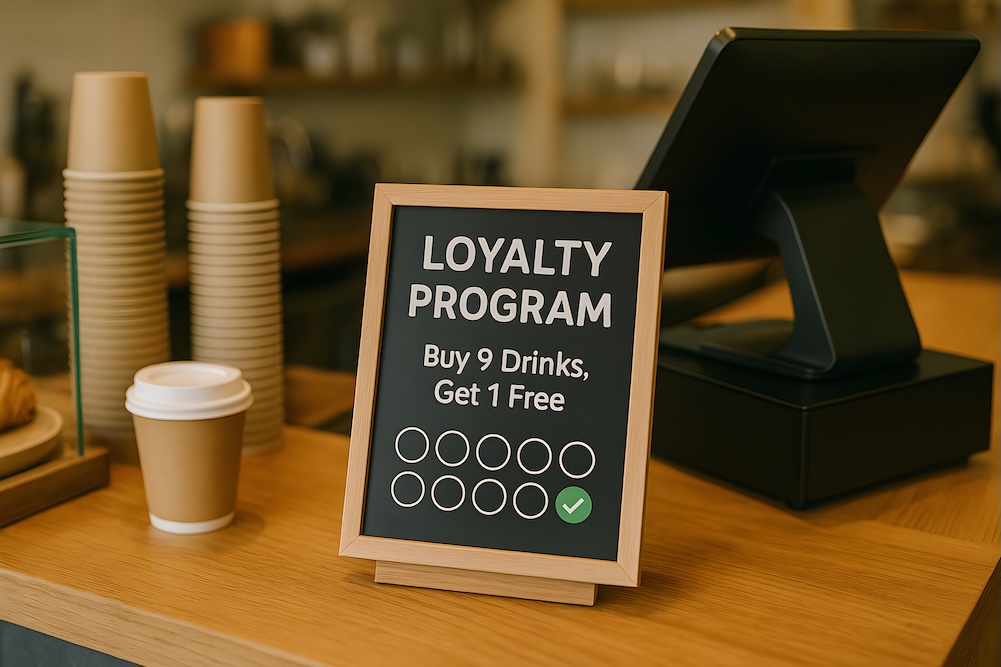Around the world, customer loyalty to particular brands and businesses is falling. According to market research from SAP Emarsys, the number of consumers who show ‘unwavering’ loyalty based on well-established relationships has dropped by 5% in the past year. More than a quarter of people say they cannot afford to be loyal given continued price rises, and their priority now is getting the best prices and value possible.
Declining loyalty is another blow to retailers who are fighting their own battle with rising costs and sluggish sales. Customer retention is a cornerstone of stability in retail. It gives you a base you can rely on revenue from. Plus, the more loyal customers you have, the less pressure there is on the expensive business of customer acquisition. And you can trust returning customers to spend more than newcomers – 67% more on average, according to recent data.
But that doesn’t mean retailers should abandon loyalty as a lost cause. It’s still possible to win people over so they come back again and again. You just have to work a little bit harder at making it worth their while.
Loyalty schemes are a great way to do this. They formalise the relationship you have with customers, and make the benefits of repeat custom explicit. Yes, those benefits have to be more tangible than great service and premium, personalised experience. But the stats show that offering rewards and incentives in return for loyalty works. 60% of UK consumers say they spend more if they’re a member of a loyalty scheme, and 40% recommend schemes they are involved in to friends and family.
90% of businesses that run a loyalty scheme report a positive ROI, with average returns of 4.8x what the schemes cost.
Here are some tips for making a loyalty scheme work for your business.
Keep it simple
Customers are turned off by anything that requires effort, no matter what the rewards are. They want a clear, simple proposition, and an easy, preferably quick route to earning the benefits. That’s why points-based systems are so popular. The earn X points, get Y reward format is easy to understand and transparent. These days, you make it even easier for customers by taking away the need to carry a card (easy to forget or lose). Digital loyalty schemes can be run through your POS. You can update members about their points via email, SMS or, if you have one, an app. Or you can just show the updated points on a customer-facing screen after every transaction. You could also consider making the redemption of any discounts automatic, although this should be balanced with giving members control over how and when they get rewards.
Use customer data wisely
Simplicity is important to get past the can’t-be-bothered factor. But you also have to offer something customers feel is worth having. In the current climate, discounts linked to loyalty points might convince customers to sign up. But it’s hardly inspiring, and you’ll likely find people drifting away.
To keep people engaged long-term, you need to make them feel special and spoiled. Dishing out a little VIP treatment every now and then goes a long way to making loyalty last, and a loyalty scheme gives you one asset that is invaluable for doing this – members’ data.
Digital loyalty schemes don’t just improve retention and lifetime customer value. They collect data about individual customers firsthand, letting you match purchase history, habits and preferences to names. Used well, that means you can personalise offers and treats, which is a nailed-on way to make people feel like a VIP.
Double down on security
Finally, although people are happy to share their personal information in return for the right benefits, their biggest concern in doing so is data security. In fact, four out of five people say that privacy and data protection are a primary concern when they sign up for a loyalty program. You can meet this expectation by only collecting information that is absolutely necessary, and following best practices for storing it, like encryption, zero-trust access control and robust cybersecurity measures.
